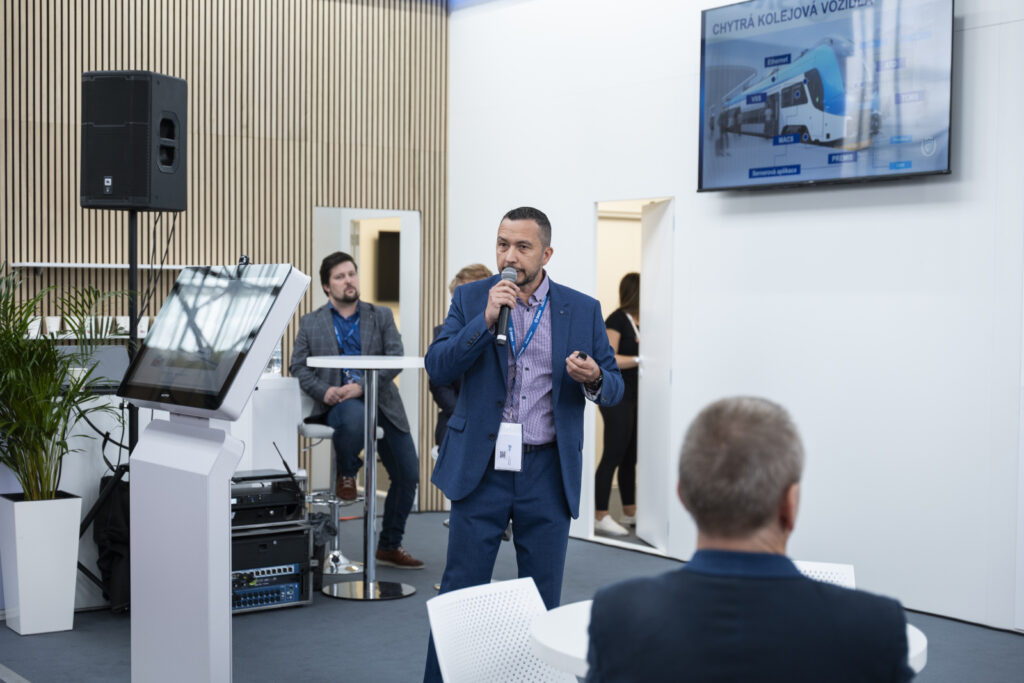Up to 15% – that’s the energy saving that can be achieved by using the Škoda Group’s Automatic Train Operation (ATO) system in operation. The technology optimises operating costs and ensures better adherence to timetables, thereby improving overall service quality. Thanks to the operational savings, transport companies can return their investment in ATO within three years.
In addition, transport becomes more environmentally friendly, safer and smoother in daily operations. Škoda Group presented the first results of its ATO system deployed on electric units in Latvia during a press conference at Rail Business Days in Ostrava.

“Operators are looking for ways to optimise energy consumption in large railway networks. Our ATO system can react in real time to the current situation on the route and minimise energy losses. We have been testing the technology for a long time and have deployed it on Škoda 16Ev units in Latvia, and the results we got from the tests are very positive. Despite the challenging weather conditions in northern Europe, we are able to generate energy savings approaching 12% thanks to ATO,” says Matouš Pokorný, Software Development Team Leader – Autonomy at Škoda Group.

ATO automates train control by assisting drivers and planning journeys with an emphasis on timetable and energy saving. In automatic operation mode, it regulates speed according to a set value, stabilises speed using track height profile information, regulates braking when speed limits change and stops using a dynamically generated braking profile. This requires accurate train location, which relies on its own odometry and position information from multi-band GNSS. The system does not require intervention in the track infrastructure or the addition of balise.

Based on a number of analyses, the Škoda Group’s ATO system is able to achieve savings of between 5 and 15%, depending on factors such as weather conditions or the terrain profile of the track and the layout of stops. Škoda has deployed it on Škoda 16Ev electric units supplied to Latvia. Tests on these units showed that compared to journeys without the ATO system, the savings were almost 12%, depending on the occurrence of exceptional and unpredictable situations on the railway. This digital solution can be deployed on all vehicles equipped with a modern signalling system.







